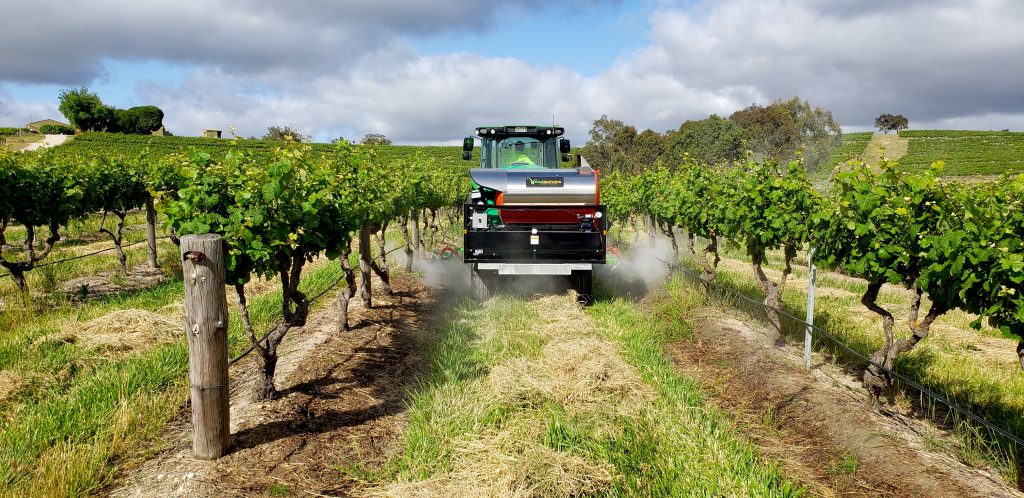The most common mistake when stopping chemical weed control
The benefits of Satusteam™ for organic weed control
At Weedtechnics we have helped hundreds of growers, cities and businesses move away from chemicals to organic weed control. In doing so, they have also moved away from the hidden costs and health risks associated with glyphosate based products. Satusteam™ is Weedtechnics proprietary method of steam weed control and is an important tool in the organic weed control toolbox. Some of our machines have helped their owners build very profitable niche businesses and reduce their carbon footprint. Cities have eliminated herbicide toxin exposure in their playgrounds and shopping areas and aligned their vision with practice.
Other customers however have made mistakes in changing their processes to adapt to a new weed management paradigm. Here are a couple of common mistakes. They stem from a need to change a viewpoint.
The most common mistake
A lot of the time when people are looking to buy a steam weeder, they think it’s about replacing chemicals with steam
When really what you need to be thinking about is managing weeds. For example in cracks and crevices in footpaths, kerbs and gutters and hard surfaces, the seed bank is the problem, the weed is the symptom. Satusteam™, with its heat and water, will either;
- destroy a seed,
- de-nature a seed so it won’t germinate,
- stratify a seed and encourage germination.
It substantially depends on the species of plant.
Areas that are treated with Satusteam™ will have some weed seed destruction and germination. When we understand this then the management approach changes. They follow a routine spray application every 4-6 weeks, as many cities do with chemicals. Instead, a follow up treatment when the germinated seedlings are just at the 2-4 leaf stage will have a dramatic effect on the remaining seed bank. Eliminating the next generation of weeds. This could be anywhere from 3-5 weeks, depending on climatic conditions and seed bank.
Costs will then drop. With each subsequent treatment there will be fewer weeds, a further depleted seed bank and any persistent weeds will be much less vigorous. Treatments will be quicker and may be able to stretch to 6-8 weeks or longer in some cases. That’s less than many cities that spray chemicals.
Weed control in horticulture and landcare
In horticultural and landcare situations, for many managers and technicians I have spoken with, weed control is about spraying chemicals .
However, that’s the wrong way of thinking about it. Instead, we need to manage the vegetation to build soil fertility and improve production and soil organism biodiversity. The chemicals used in conventional horticulture do not assist this process, they affect the beneficial biodiversity in the soil, affecting soil fertility and crop productivity.

The benefit of steam weeding for soil health
Satusteam™ cooks all soft leaved and stemmed vegetation of the weeds that are treated. There is only a shallow penetration of the Satusteam™ into the soil, which is enough to destroy some shallow rooted surface weeds and damage the below ground growth point of stronger tap rooted weeds. The desiccated material left in the wake of Satusteam™ dehydrates and is rapidly consumed by the soil organisms. It effectively becomes part of the humus layer and assists in the return of nutrients to the soil for uptake by desirable vegetation.
Timing is everything
Timing the use of Satusteam™ to maximise the benefits of controlling the competition from weeds in horticultural production is key to reducing costs. For example, in deciduous berries and grapes, treatments in early spring and late summer will minimise competition for moisture during bud burst. Maximising uptake of nutrients as the plant starts its transition to dormancy.
Changing our perspective and processes from chemical weed control to managing vegetation in a way that prioritises soil health, increases biodiversity, reduces carbon footprint and keeps surface and groundwater free of toxin contaminants will avoid the mistakes of failing to deliver on a good intention.
